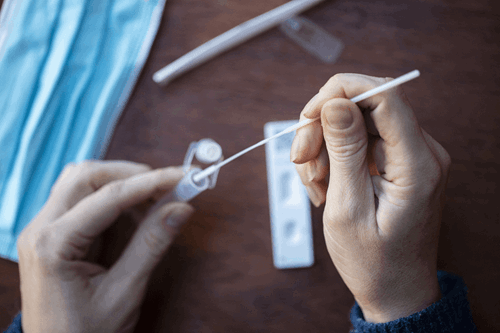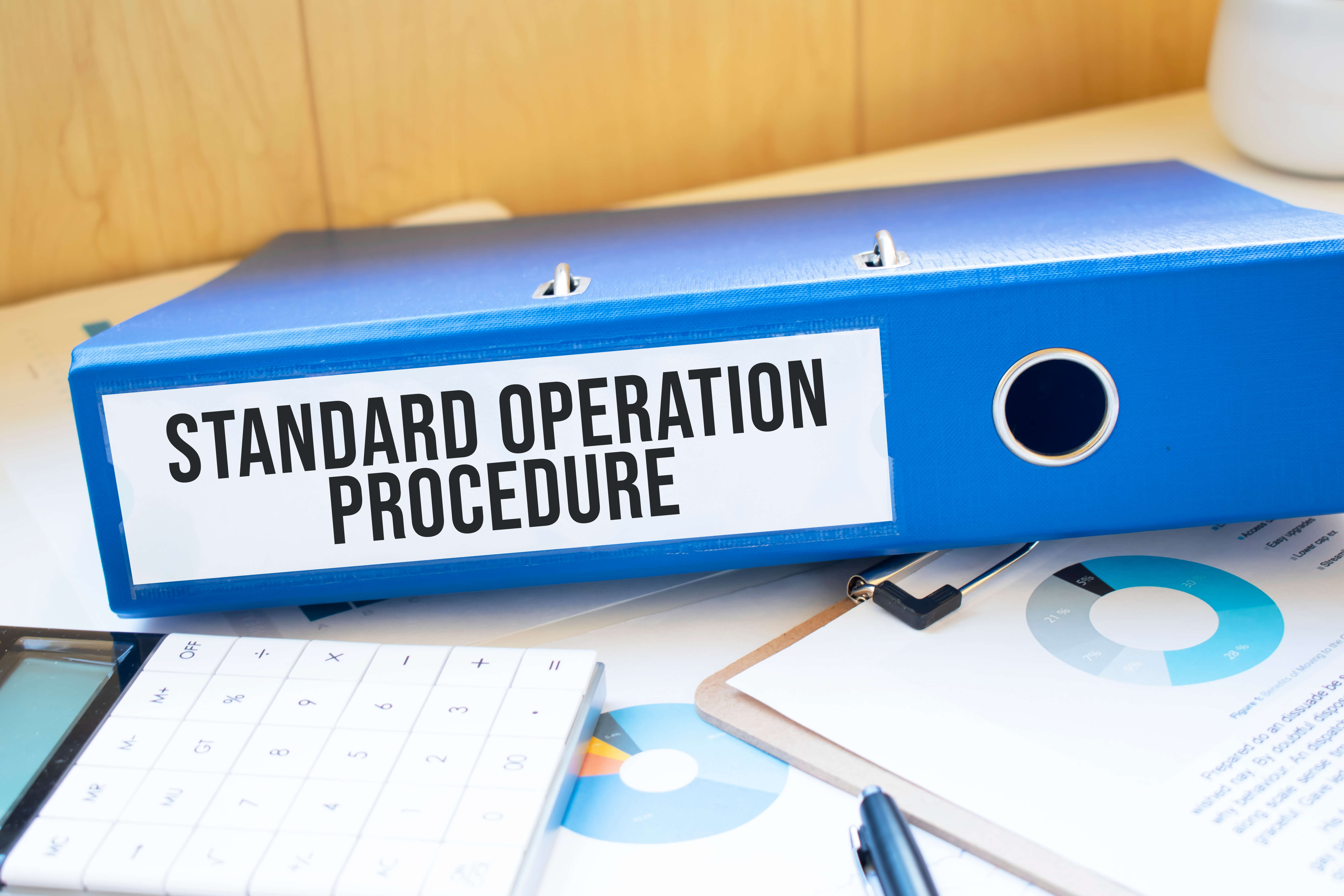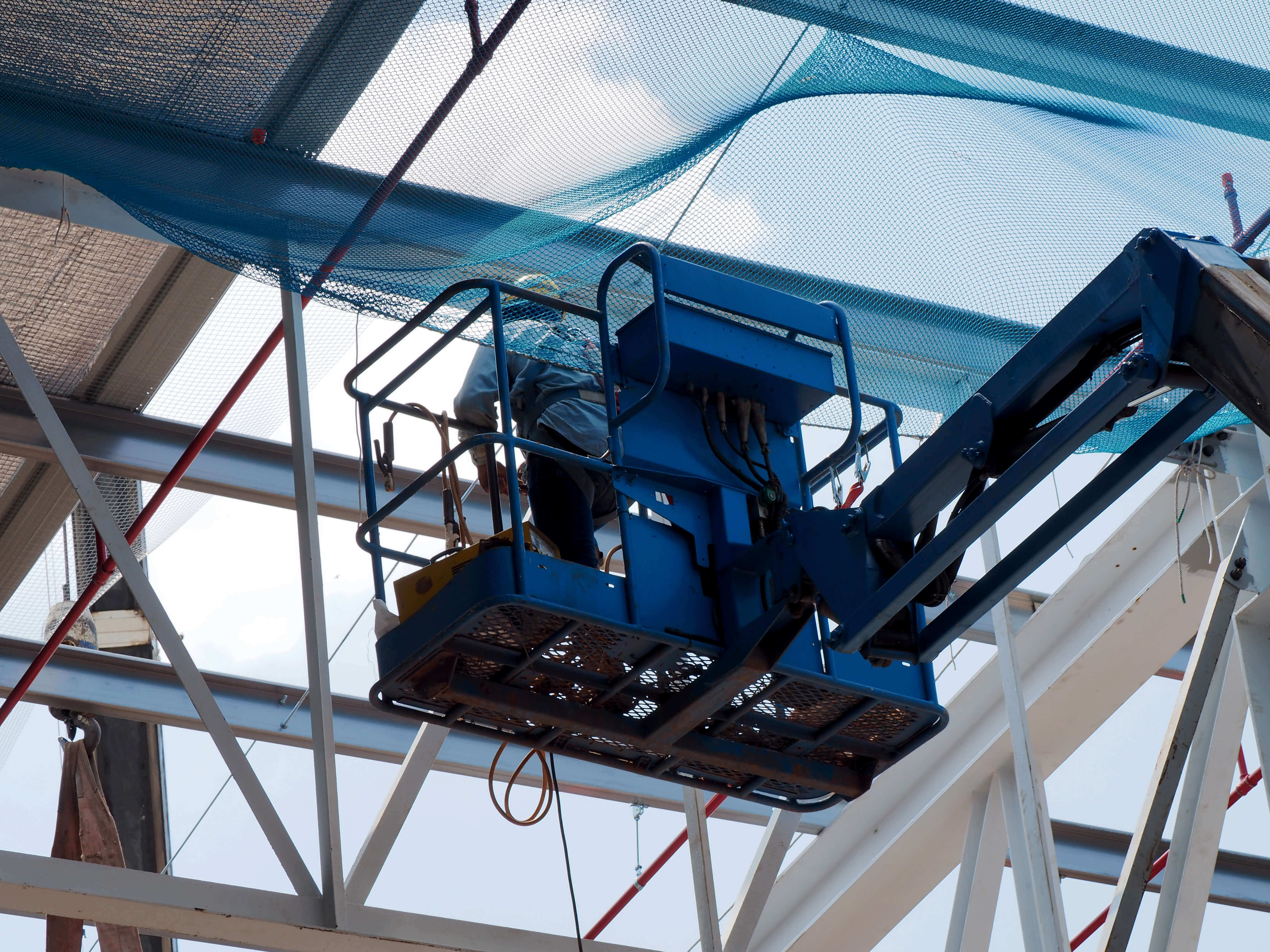Starting Monday January 17th, 2022, the compulsory COVID isolation period in England has reduced for people with negative LFD tests. Infected individuals can leave isolation early if they test negative on day 5 and day 6 of their isolation. They have to leave 24 hours between the two consecutive tests.
The government announced changes to the COVID isolation guidance as a measure to reduce staff absences. With the Omicron variant spreading, several industries took a hit from increased numbers of employees having to stay at home. Healthcare, hospitality and transport have reported to be struggling.
How can employers like you find the right balance between staffing levels and dealing with increased COVID infection rates?
If your business is struggling with infection levels or understaffing, know you are not alone. Call our experienced health & safety team today, for personalised 24/7 advice, on 01455 858 132.
Employer’s responsibilities in dealing with COVID isolation
Employers have a duty of care towards the wellbeing of their workforce, as highlighted by the Health and Safety Executive (HSE). But how do you fulfil this responsibility when you are caught between the spread of COVID and absences in the workplace?
Understaffing can increase health & safety risks due to increased levels of stress and fatigue. But then how do you prevent presenteeism from infected individuals contributing to the spread of COVID in the workplace?
Many might find themselves tempted to consider COVID related risks negligible at this point in the pandemic. However, we still see deaths and serious illness, as well as long-term ill health after infection. The fact that, on January 27th, 2022, the government will ease most current restrictions should not be taken lightly.
At the end of the day, consider this: UK law still requires infected individuals to self-isolate. Available medical modelling shows about 7% of people still infectious on day 6 after two consecutive negative LFD tests. It might not look like a big percentage, however, think of how transmittable the Omicron variant has proven to be.
Looking at rules implemented by other countries, the US has reduced COVID isolation before the UK did. The Centres for Disease Control and Prevention (CDC) detailed changes on December 27, 2021. The major difference compared to recommendations in the UK refers to measures after COVID isolation ends. CDC asked individuals to wear a mask for 5 additional days after they stayed at home for 5 days.
How does this compare to the lifting of restrictions in the UK?
As an employer, what learnings can you take from this?
How to manage COVID risks in the workplace as restrictions lift
Firstly, ask yourself how you will deal with the impact of 10%, 30% or 50% of employees in COVID isolation.
If the nature of your business doesn’t allow them to work from home, production depends on their presence in the workplace. In this case, what can you do to reduce the risk of recently infected employees spreading the virus? Those 10% could soon double or triple, considering Omicron infection rates.

In such a case, you could use the following measures to reduce the incidence of COVID within the workplace:
- Ask employees to continue to wear masks, particularly in high traffic areas.
- Promote social distancing rules, such as no more than two staff members in the kitchen at all times.
- Implement staggered start and finish times, to reduce unavoidable contact.
- Offer LFD tests once or twice a week. Ask individuals who test positive to start self-isolating straight away.
- Offer support to staff who self-isolate, such as overtime where possible for them to counteract financial loss, on their return to work.
- Allow staff to work from home where possible even after the 6-day reduced COVID isolation.
- Arrange for isolated workspaces for staff returning to work, such as hot desks in meeting rooms, one person per room.
Reducing the risks of your employees catching the virus at work can make a real difference to your business.
What employees do outside the workplace
Discussing employee conduct outside of the workplace can prove a difficult task. It involves sensitive aspects, such as the right to make decisions and to choose one’s lifestyle. When personal lifestyle choices interfere with their responsibility as employees, how can you approach and discuss the matter?

A recent case in the UK debated whether fear of COVID amounts to the status of a belief. The law protects citizens’ right to observe religious or philosophical beliefs. But what criteria need to be met for an idea to become a religious or philosophical conviction?
We detailed what the court decided in this case law update.
You can discuss with your employee how their lifestyle choices impact on their ability to perform work duties.
Let’s say a staff member also performs as a DJ on the local nightlife scene. Nothing should prevent them to do so, unless they turn up too tired or maybe hungover at their day job. Employees need to manage the different aspects of their life as not to negatively interfere with their professional duties.
Staff guidance to reduce COVID incidence
Staff conduct outside of the workplace, as seen above, can impact their performance. But how does this apply to COVID?
Data has shown that individuals still become infected even with two doses of vaccination, plus the booster. They can also catch the virus when wearing masks in public spaces. However, observing precautions falls on them as personal effort to ensure everybody’s safety at work.
As an employer, you should set and clarify expectations through regular internal communication, such as:
- Keep staff aware of risks if they catch the virus and have to self-isolate.
- Inform them how to minimise risk, such as by wearing masks on public transport.
- Recommend taking an LFD test after they attended a crowded event in their spare time, before they come into work.
Get health & safety advice on COVID isolation
Business owners and employees alike, we have all been living through some of the most challenging two years in a generation. With the WHO Europe director talking about a pandemic “endgame” in sight, one question remains;
Should you confidently scrap all precautions, or should you still observe some measures of reducing infections in the workplace?
You don’t have to make these decisions alone. Our highly experienced health & safety advisors will help you find the right balance for your work environment. Call us today on 01455 858 132.
Related resources
Categories
- Business Advice
- Contracts & Documentation
- Culture & Performance
- Disciplinary & Grievances
- Dismissals & Conduct
- Employee Conduct
- Employment Law
- End of Contract
- Equality & Discrimination
- Health & Safety
- Hiring & Managing
- Leave & Absence
- Managing Health & Safety
- Moving
- Occupational Health
- Pay & Benefits
- Recruitment
- Risk & Welfare




